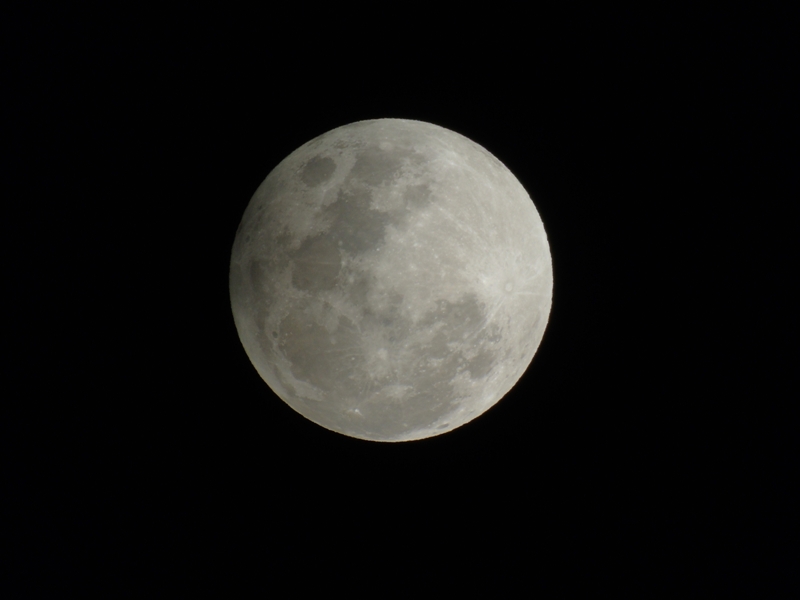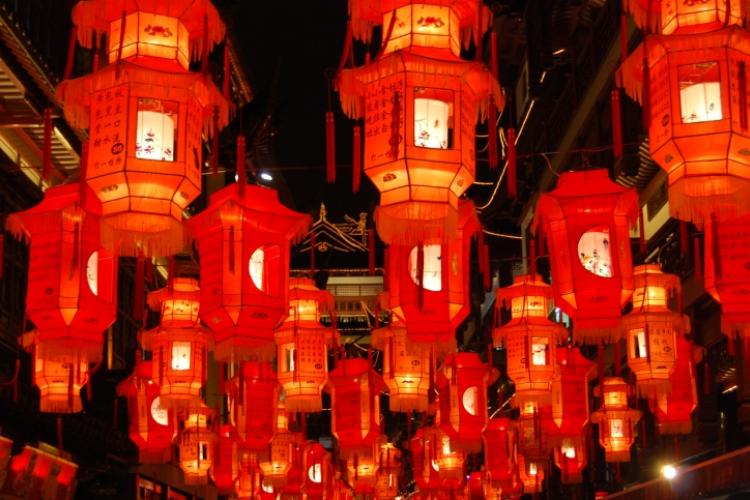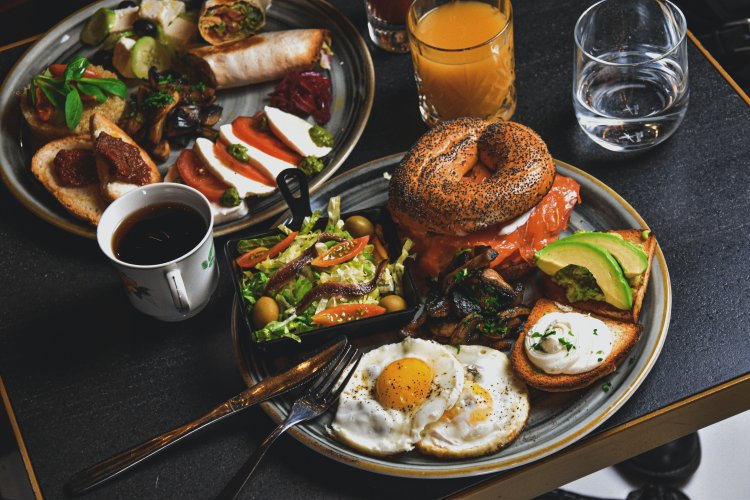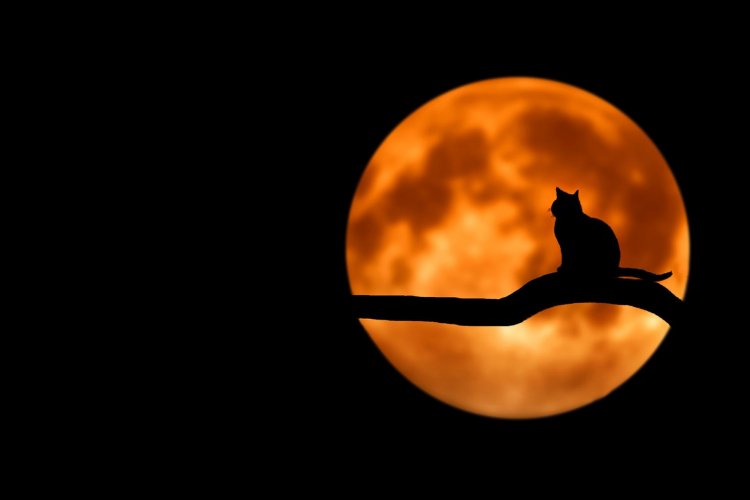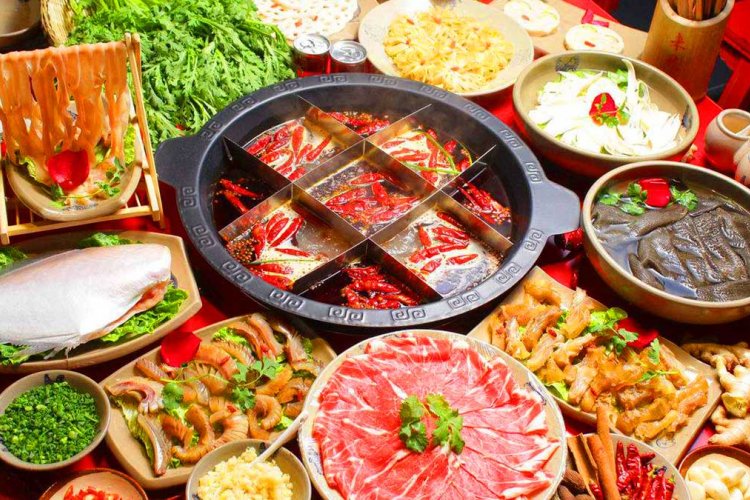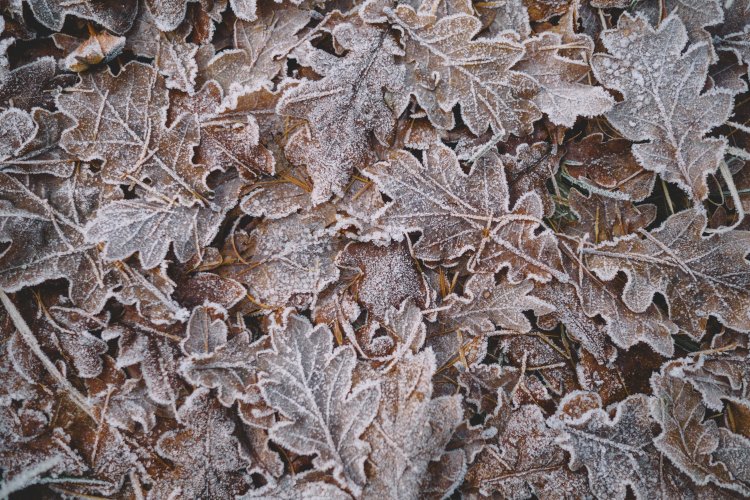Full Moon Party: What to Serve at a Mid-Autumn Festival Dinner
Falling on the 15th day of the eighth lunar month, Mid-Autumn Festival (中秋节 zhongqiujie) falls on Oct 6 this year and is traditionally a time to gather with family and enjoy the full moon. Of course, no Chinese festival would be complete without a feast, and Mid-Autumn is no different. While the food most closely associated with Mid-Autumn Festival is mooncakes, there is plenty more to this holiday than those controversial pastries.
We take a look at some of the best autumnal produce, such as pumpkin and hairy crab, and how to use them. Time to get in the kitchen and cook up a feast (or, at the very least, get together with friends and family for an indulgent meal) with some of the ingredients below.
Taro

In the Jiangsu and Zhejiang dialects, the word for taro (芋头 yutou) sounds like “luck is inside,” making it a popular vegetable to eat on festive occasions to bring luck for the year ahead, a tradition that began during the Qing dynasty. During Mid-Autumn Festival, taro is usually steamed and peeled, but it may also be added to dishes of pork or chicken braised in soy sauce. Taro is not only festive but also nutritionally dense, containing up to three times more fiber than normal white potatoes.
Pumpkin

Pumpkins (南瓜 nangua) represent the bounty of the autumn harvest and their round shape mirrors the full moon. Eating pumpkin on the night of Mid-Autumn Festival is believed to bring good health for the rest of the year. A popular legend tells the story of a girl who lived with her dying parents near South Mountain. One day, the girl found a pumpkin while working in the fields and took it home and cooked it for her parents. Miraculously, both parents recovered the next day. Pumpkin also gets its name, which literally means “south melon,” from the South Mountain in the story.
Duck

Duck is a popular addition to the Mid-Autumn Festival dinner table as the meat is thought to be particularly rich at this time of year. Different regions around China prepare the duck differently, often together with other popular autumnal ingredients. In Nanjing, for example, ducks are brined in a solution scented with seasonal osmanthus flowers and then served as a cold appetizer (桂花鸭 guihuaya, a variation on the popular Nanjing dish, salted duck 盐水鸭 yanshuiya). In Fujian, duck is often cooked with taro, while in Sichuan it is smoked and roasted.
Hairy Crab

Hairy crabs (大闸蟹 dazhaxie) are in peak season during September and October, making them a highlight of any Mid-Autumn reunion dinner, particularly our Shanghai brethren. These shelled delicacies are one the easiest Mid-Autumn foods to cook; simply give them a scrub with a clean toothbrush and then steam for around 10 minutes. Hairy crabs are considered to be a particularly “cold” (yin) food, so much so that they are potentially damaging to one’s health, so they are always served with warming foods such as ginger to balance out the cold, usually in the form of a dipping sauce made from Zhenjiang black vinegar and slivers of ginger. People also usually pair the dish with shots of warm Shaoxing wine, you know, for health reasons ...
Pears

In Mandarin, the word for “pear”, 梨 li, is homophonous with the word for “leaving” or “separation,” 离 li. Usually, this means that you should avoid giving pears as gifts or eating them during happy occasions. However, eating a pear during Mid-Autumn Festival symbolizes your desire for reunification and your wish to avoid separation from your loved ones over the next year. Handily, Asian pears also just happen to go well with the flavor of osmanthus wine.
Osmanthus Wine

Walk through a garden in China in September or October and you are likely to catch the heady scent of osmanthus blossoms in full bloom. These fragrant flowers are used to scent everything from tea to jam, but it is osmanthus wine (桂花酒 guihuajiu) in particular that is associated with Mid-Autumn Festival when it is used to make a “reunion toast.” Chinese mythology holds that a sweet osmanthus tree grows on the moon where folk figure Wu Gang is tasked with endlessly cutting it down (Wu Gang is often described as the Chinese Sisyphus).
READ: Mooncake Memories: Your Guide to Its Colorful History
Images: Pexels, Wikimedia
Related stories :
Comments
New comments are displayed first.Comments
![]() Sikaote
Submitted by Guest on Wed, 10/07/2020 - 17:40 Permalink
Sikaote
Submitted by Guest on Wed, 10/07/2020 - 17:40 Permalink
Re: Full Moon Party: What to Serve at a Mid-Autumn Festival...
Full Moon Party: What to Serve at a Mid-Autumn Festival Dinner
Hamberders, beer, and booze. Amirite???

Validate your mobile phone number to post comments.

